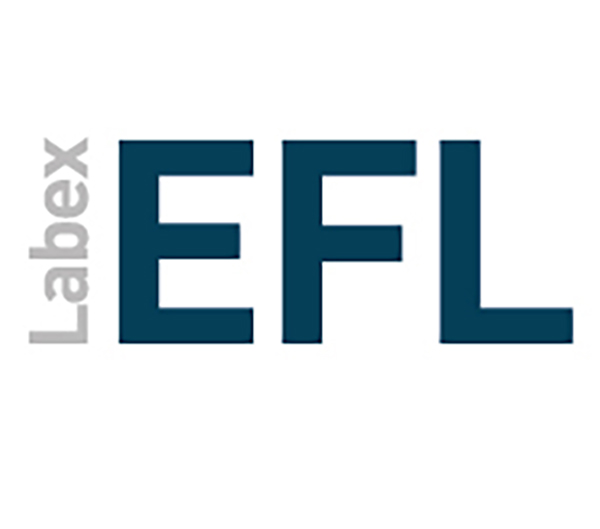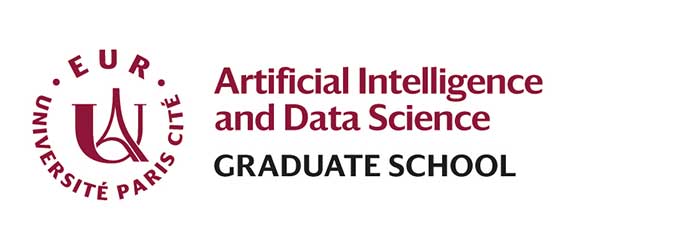Self Addressed Questions and Filled Pauses: A cross-linguistic investigation
| Titre | Self Addressed Questions and Filled Pauses: A cross-linguistic investigation |
| Publication Type | Article de revue |
| Année de publication | 2016 |
| Authors | Tian, Ye, Takehiko Maruyama, and Jonathan Ginzburg |
| Journal | Journal of Psycholinguistic Research |
| Pagination | 1-18 |
| Date de publication | 12/2016 |
| ISSN | 1573-6555 |
| Mots-clés | Cross-linguistic analysis, Disfluency, Filled pauses, Self addressed questions |
| Abstract | There is an ongoing debate whether phenomena of disfluency (such as filled pauses) are produced communicatively. Clark and Fox Tree (Cognition 84(1):73–111, 2002) propose that filled pauses are words, and that different forms signal different lengths of delay. This paper evaluates this Filler-As-Words hypothesis by analyzing the distribution of self-addressed-questions or SAQs (such as “what’s the word”) in relation to filled pauses. We found that SAQs address different problems in different languages (most frequently about memory-retrieval in English and Chinese, and about appropriateness in Japanese). In relation to filled pauses, British but not American English uses “um” to signal a more severe problem than “uh”. Chinese uses different filled pauses to signal the syntactic category of the problem constituent. Japanese uses different filled pauses to signal levels of interaction with the interlocuter. Overall, our data supports the Filler-As-Words hypothesis that filled pauses are used communicatively. However, the dimensions of its meanings vary across languages and dialects. |
| URL | http://dx.doi.org/10.1007/s10936-016-9468-5 |
| DOI | 10.1007/s10936-016-9468-5 |




